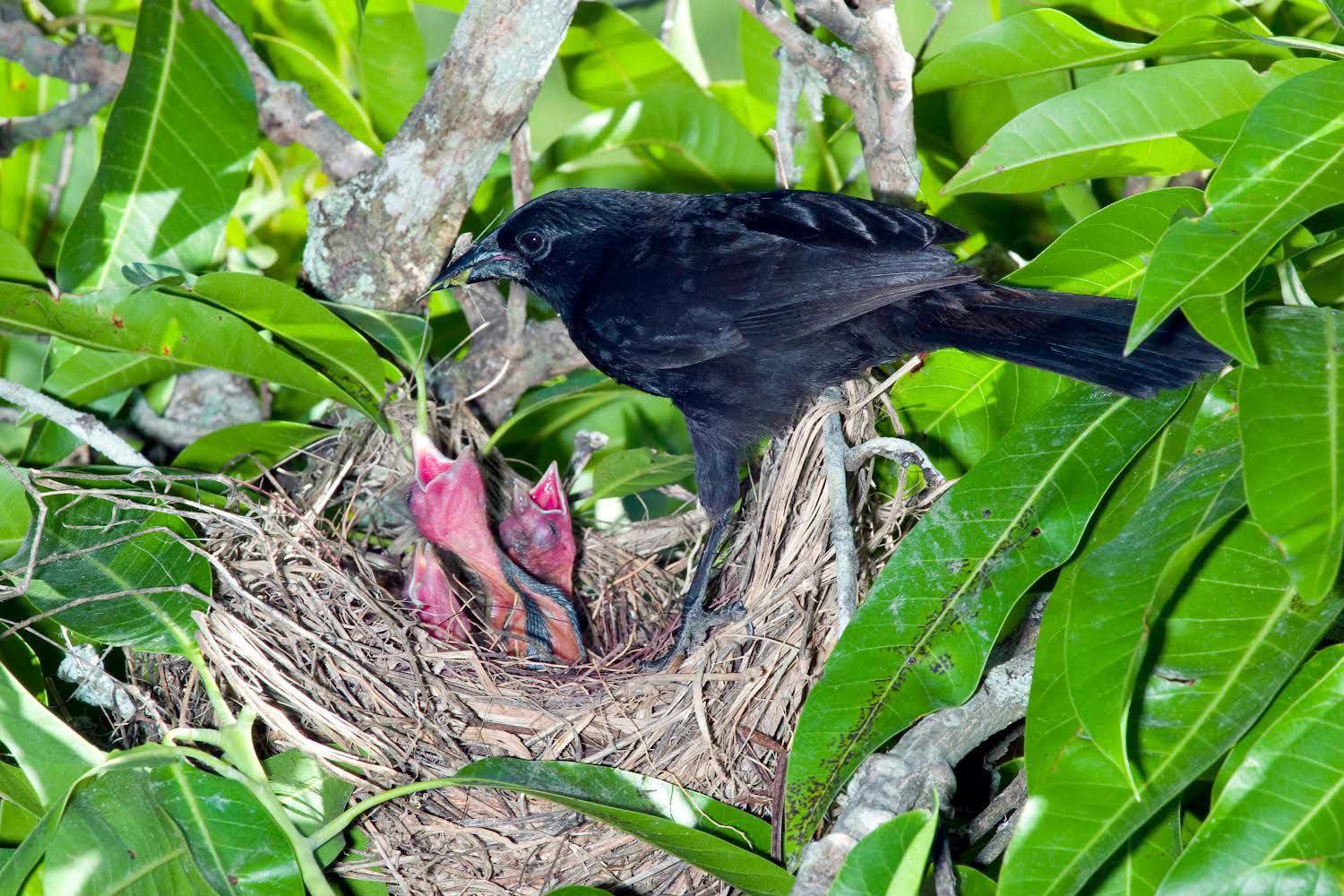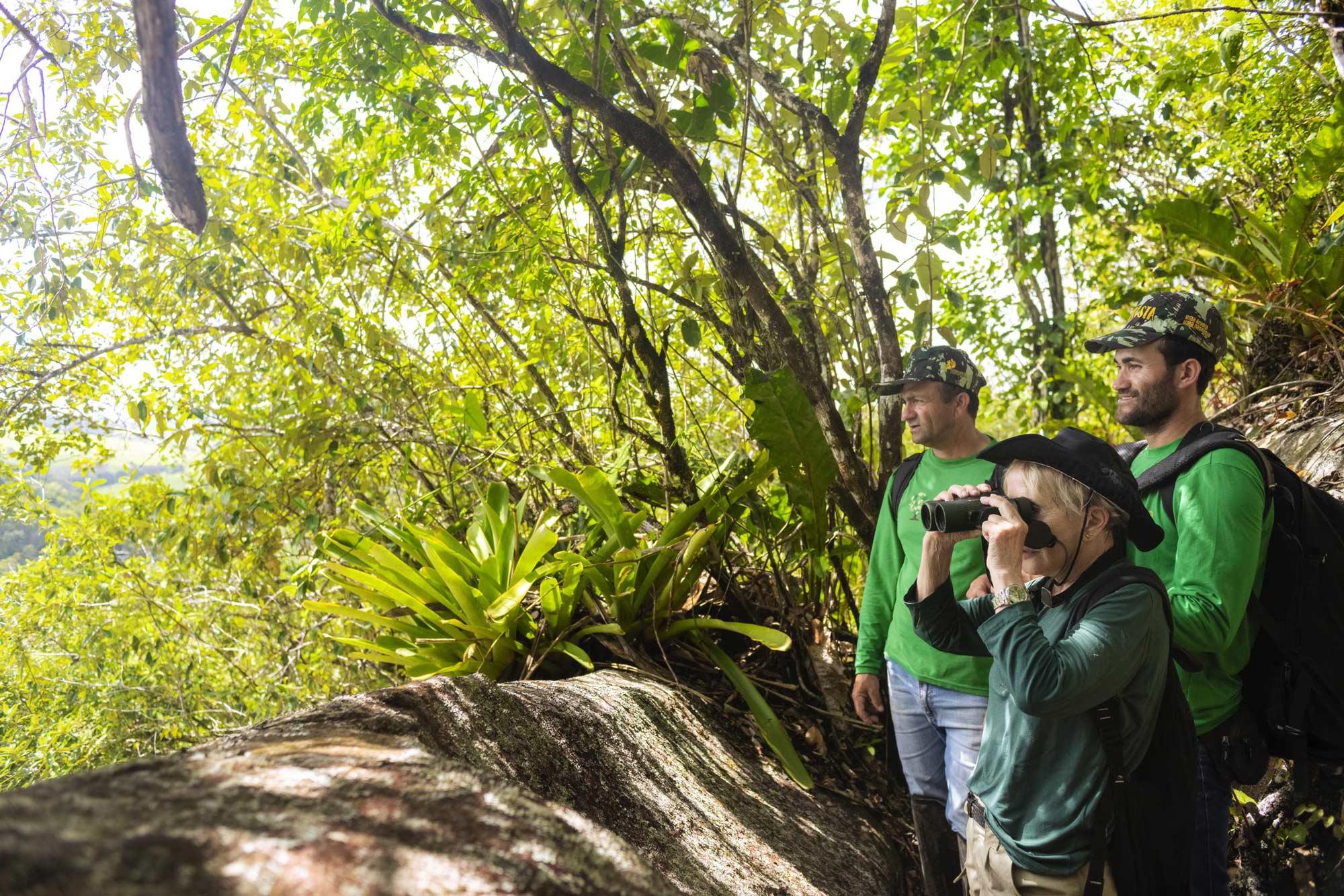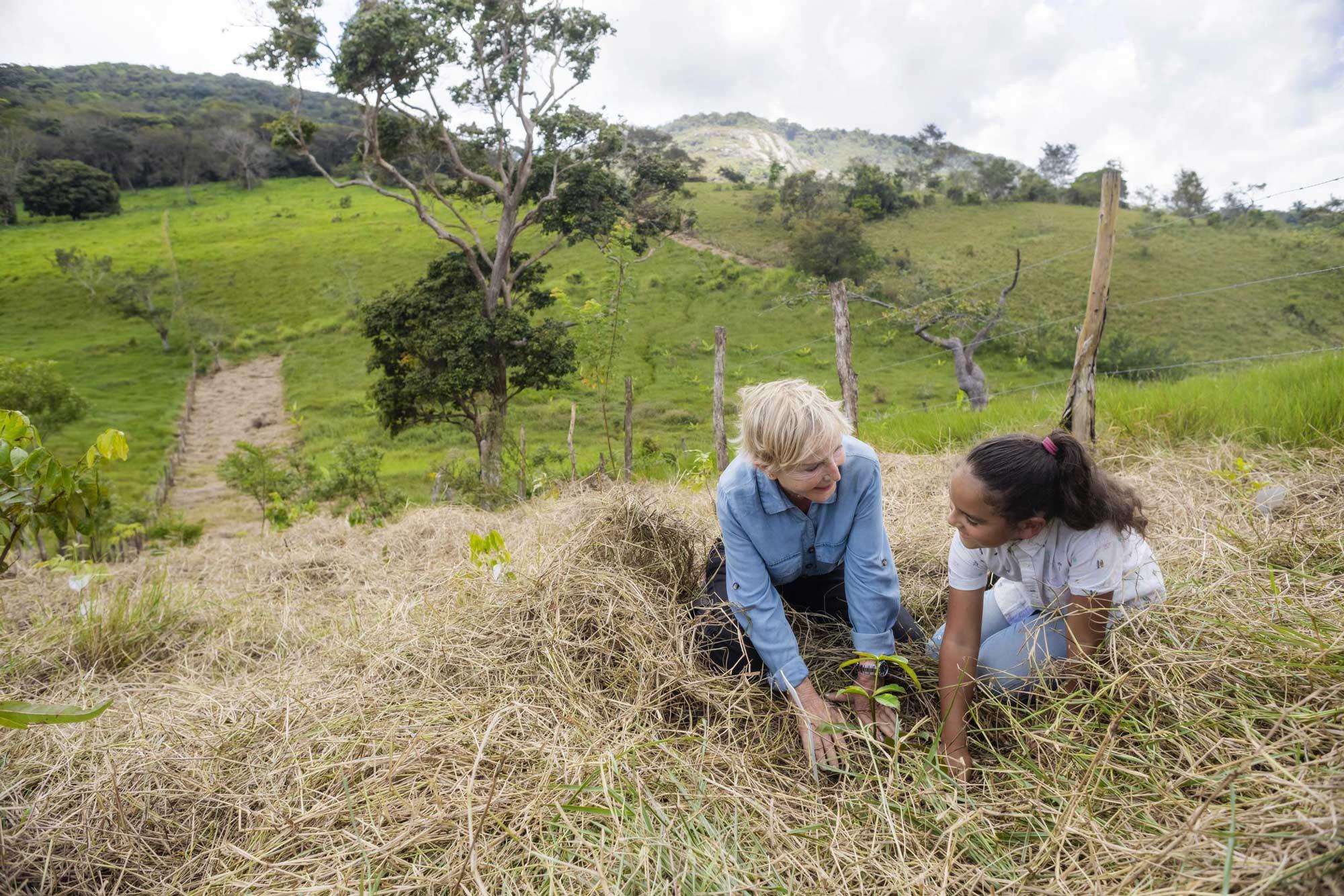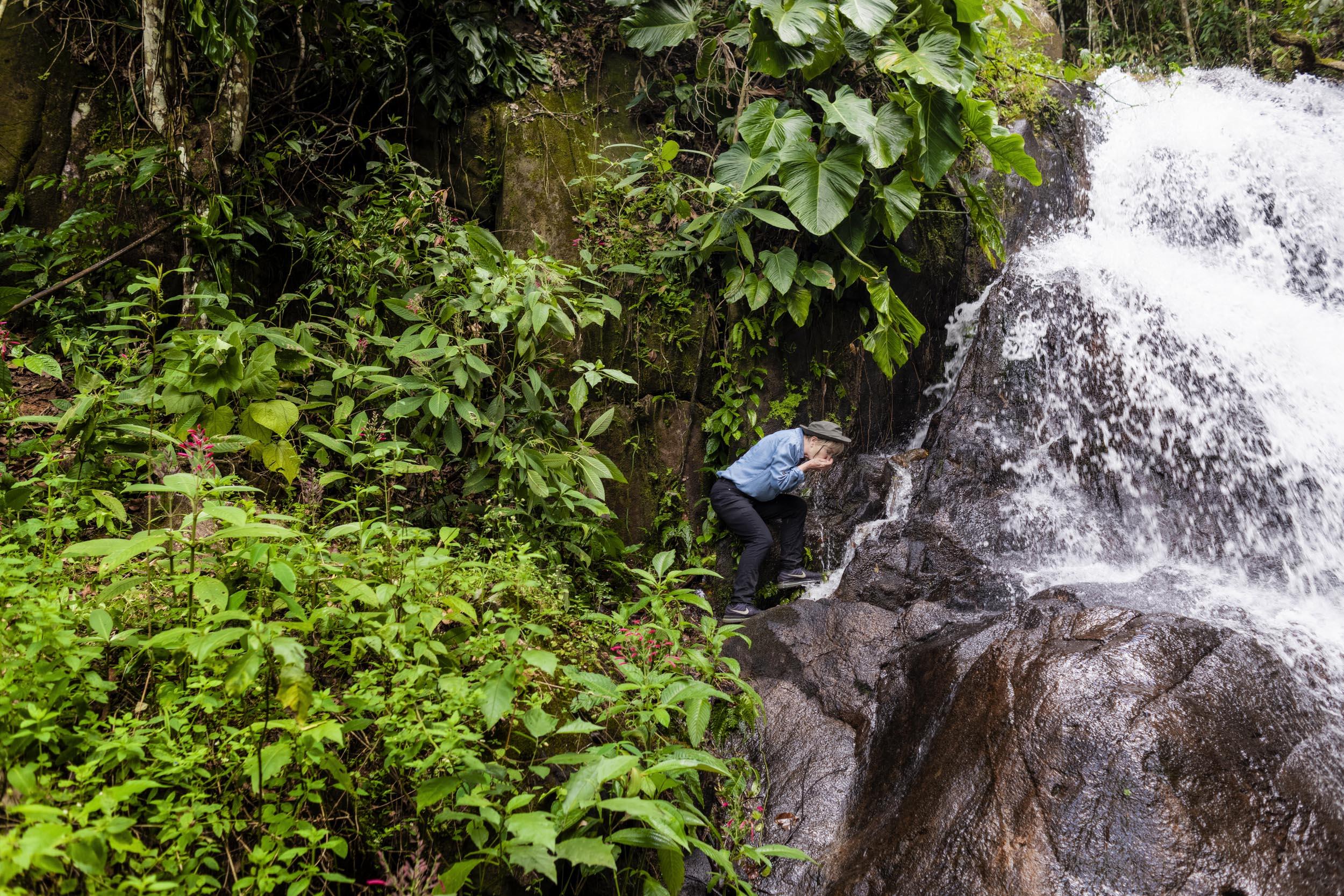From Wings to Roots:
Dr Anita Studer's Conservation Legacy
Before European colonization, Brazil was covered by vast primary forests, including the Amazon and Atlantic Forests. These forests stretched along the Brazilian coast from south of Belém to São Paulo, covering about 3,200 km and an area of one million km². Over 500 years of land exploitation have destroyed 95% of the Atlantic Forest, leaving only fragments. One such remnant is the "Pedra Talhada" forest in northeast Brazil, spanning the states of Alagoas and Pernambuco.
This is where the story of Anita Studer and Nordesta Reforestation and Education takes place.
It all started in 1976 when biologist Anita Studer traveled to Brazil for the first time to study the numerous local bird species. Five years later, she spotted in a small forest in the state of Alagoas, northeast of the country, a very endangered bird called Curaeus forbesi by scientists and Anumara by the local populations.
She reported her discovery to her research director, who agreed this bird would make an excellent thesis subject. However, she needed to hurry her studies because the rapid deforestation of the area condemned its short-term survival to about nine to ten years. Along with the Anumara, all the other endemic species in the region would disappear.
During a flyover of the region, Anita realized the extent of the catastrophe and the imminent threat to the entire ecosystem. The Pedra Talhada massif, encompassing 5,000 hectares, was the region's last remnant of primary tropical forest, surrounded by vast dry lands, "an oasis in the middle of a desert." Thus, Anita’s mission took a drastic turn. She shifted her focus from ornithological research and began initiating conservation efforts for the Pedra Talhada forest.
Anita recognized the importance of collaborating with the local population to achieve her conservation goals. However, initial efforts were challenging as residents saw the forest mainly as a source of game, wood, or a hazardous area due to snakes. Facing disinterest from landowners and an economically driven local population, Anita devised a new plan. She identified water as a crucial resource in the drought-prone northeastern region and used this to secure public meetings with mayors, city councilors, landowners, and agricultural workers' unions.
In 1985, Anita met with Frederico Maia and Marcelo Vasconcelos Lima, the mayor and deputy mayor of Quebrangulo. Given their precarious social and economic situation, they expressed concerns about the complexity of raising awareness of forest conservation among the population.
Anita proposed a solution: she would commit to rebuilding a delipidated local school in exchange for the mayors’ collaboration in petitioning the governor for forest protection. The agreement, sealed with a gentleman's handshake, marked a pivotal moment in Nordesta's journey. Frederico Maia collected signatures from all seven municipalities benefiting from Pedra Talhada’s water springs. As a result, on August 18, 1985, the school was built, and Governor Divaldo Suruagy signed decree N° 6551, instituting the creation of the State Park of Pedra Talhada.
On May 15, 1985, Anita officially created the Nordesta Reforestation and Education Association with the objective of financing projects for the population of Quebrangulo in exchange for their commitment to protecting their forest.
In the following years, Nordesta launched several programs aimed at the socio-economic development of the Pedra Talhada region through educational projects. The construction of schools and support for children's centers provided shelter, food, care, education, and vocational training to the population, especially street children.
Simultaneously, Nordesta implemented its first reforestation project. In 1988, the organization created the first tree nursery with native species of the Atlantic Forest, aiming to reconnect isolated forest fragments and develop avenues for circulation for fauna and flora to enable genetic exchanges. This initiative also aimed to protect areas of springs and riverbanks against erosion. Alongside reforestation efforts, Nordesta continued implementing social actions, including constructing schools, health centers, and vocational training workshops.
After two decades of collaboration between Nordesta and the local population, the Pedra Talhada forest was designated the "Pedra Talhada Federal Biological Reserve," ensuring the protection and growth of the once-endangered Anumara population.
Today, the Pedra Talhada forest reserve in the Pernambuco Endemism Center is one of the most threatened and critical biodiversity areas of the Atlantic Forest. Ongoing efforts and research are essential to educate future generations, protect threatened hotspots like Pedra Talhada, and inspire collective action toward sustainable development.




